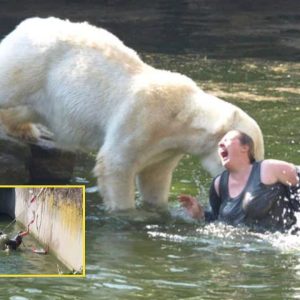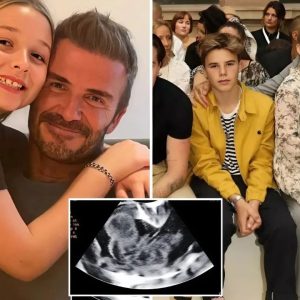NASA’s stranded astronauts have finally returned to Earth after nine arduous months on the International Space Station (ISS).
Sunita Williams, 59, and Butch Willmore, 62, landed on the shore of Tallahassee, Florida, at 5:57 p.m. ET on Tuesday (March 18). They were joined by Crew-9 astronauts Nick Hague of NASA and Russian cosmonaut Aleksandr Gorbunov.
“Butch, Suni, on behalf of SpaceX, welcome home,” a mission control dispatcher radioed to the crew shortly after the Dragon Freedom capsule touched down in the water.
A rescue ship pulled the capsule out of the water and brought it to the deck. The four astronauts gradually emerged through the hatch and took their first breath of fresh air in months.
Rescuers helped them onto stretchers as the Earth’s gravity pressed down on their frail bodies.
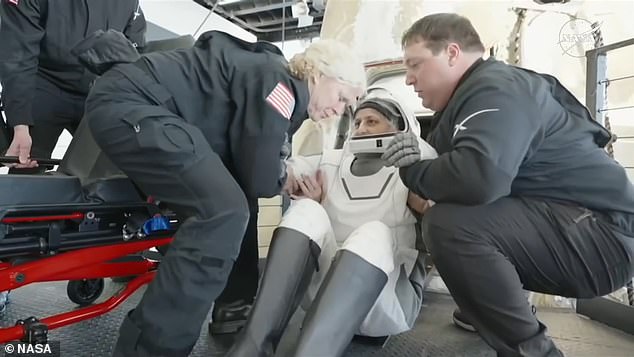
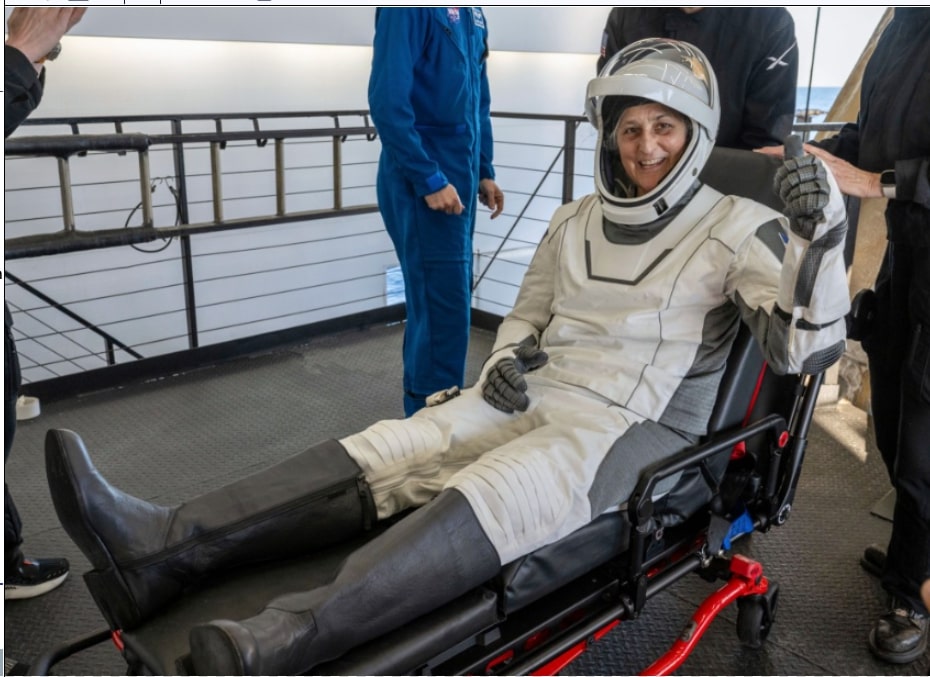
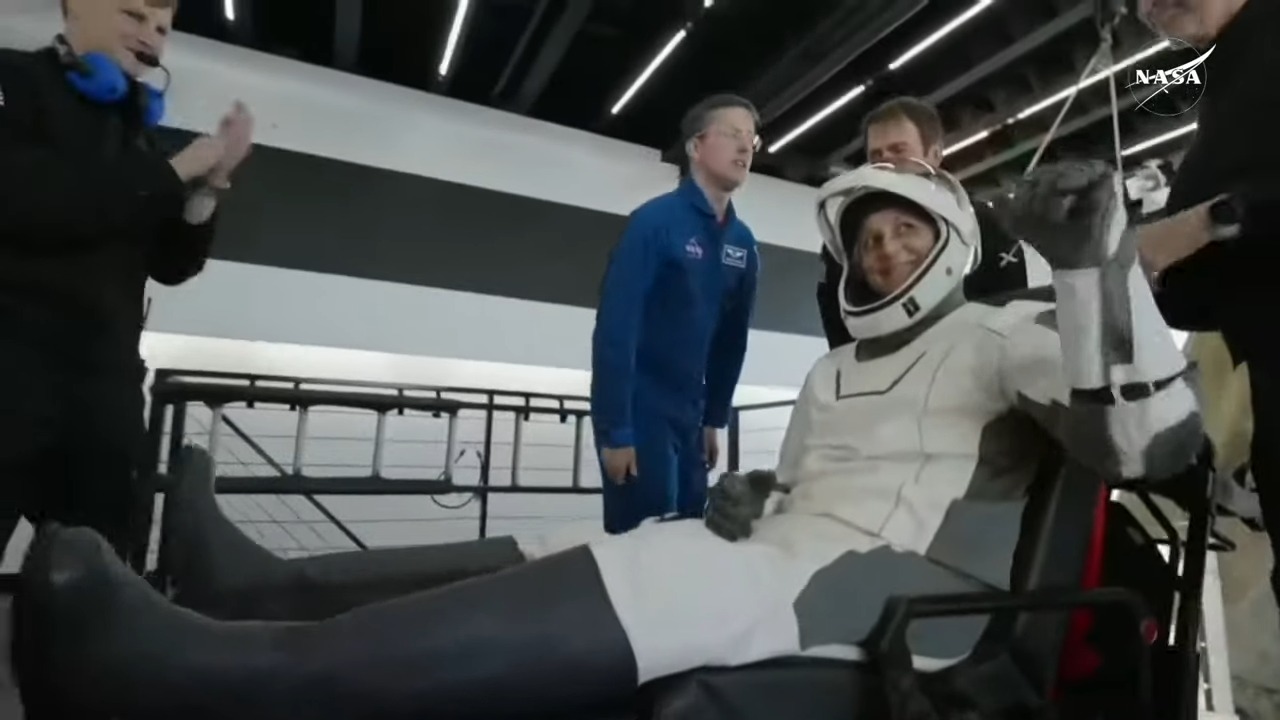
Sunita Williams
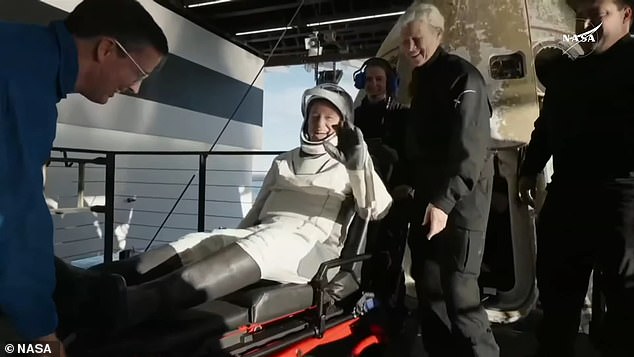
Butch Willmore
Williams and Wilmore smiled and waved to the cameras, even giving them two thumbs up as the crew wheeled them through medical checks with their co-stars.
After an initial health assessment, they will be taken to the crew quarters at NASA’s Johnson Space Center in Houston for routine health checks over the next several days.
Spending long periods in space can lead to muscle atrophy and vision loss upon return to normal. Astronauts need to undergo strict health monitoring before being allowed to return to their families.
“They have to get better. It’s going to be a little tough for them — it’s not going to be easy, you know, they’re far from normal,” President Trump told Fox News host Laura Ingraham on Tuesday after their return. “And when they get better, they’ll go to the Oval Office.”
If NASA surgeons say they are safe, they will be able to return home to their families, who have been waiting for them for the past 286 days.
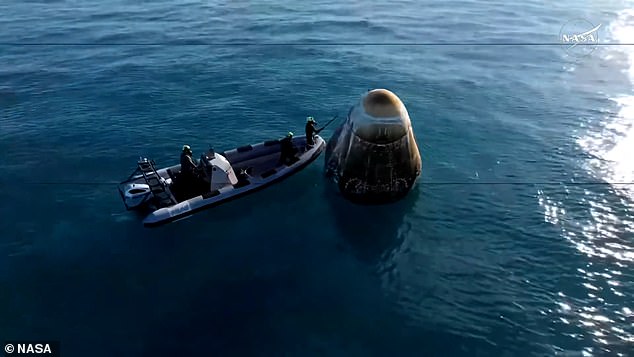
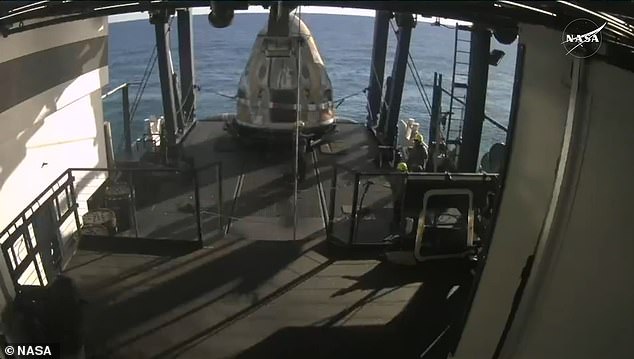
Astronauts’ health during 9 months stuck
“We are thrilled to have Suni, Butch, Nick and Aleksandr return home after months of critical science, technology demonstration and maintenance work on the International Space Station,” NASA Acting Administrator Janet Petro said in a statement.
“At the direction of President Donald Trump, NASA and SpaceX have worked tirelessly to meet our schedule one month ahead of schedule. This international team and our teams on the ground have accepted the Trump Administration’s challenge of an updated and somewhat unique mission plan to bring our crew home. Through preparation, ingenuity, and dedication, together we are achieving great things for the good of humanity, pushing the boundaries of what is possible from low Earth orbit to the Moon and Mars,” the statement added.
Astronauts Williams and Wilmore were originally scheduled to stay on the ISS for eight days when they launched aboard Boeing’s Starliner spacecraft for its first manned test flight on June 5.
The two astronauts made it safely to the space station, but only after five of the Starliner’s 28 thrusters failed. The spacecraft encountered technical problems, including helium connections and multiple thrusters failing, before and during launch.
By June 18, it was clear that Starliner would not be able to fly home on schedule. NASA pushed Williams and Wilmore’s return date back to later that month, giving engineers and Boeing time to try to fix the spacecraft’s problems on the ground. But more problems kept cropping up, and the extra weeks turned into a monthslong delay for the astronauts’ return.
The stranded astronauts conducted about 150 experiments – equivalent to about 900 hours – during their time in space, playing a key role in the study of human space travel.
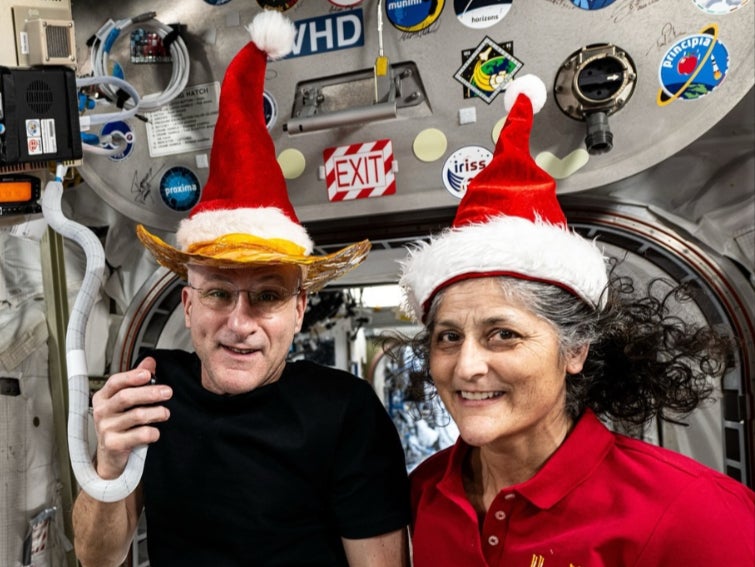
The two astronauts had a challenging time on the ISS.
As the missions dragged on, medical experts began to worry about their health. Living on the ISS takes a toll on the human body. Astronauts are exposed to low gravity, extreme levels of space radiation, the mental effects of isolation, and more.
In November 2024, doctors told DailyMail.com that Williams looked “skinny” in a photo taken in September, saying she looked like she had lost weight.
Later that month, an anonymous NASA source told the New York Post that the agency was trying to “stabilize the weight loss and hopefully reverse it.”
An unnamed employee “directly involved in the mission” said Williams “could not keep up with the high-calorie diet that astronauts must adhere to” while on the ISS.
“Her weight has dropped and she is now skin and bones. So the top priority is to help her stabilize the weight loss and hopefully reverse it,” a NASA source said.
Later that month, Williams denied weight loss “rumors” in a live video released by NASA, claiming that she had indeed gained muscle.
Just a day after Williams’ comments, an anonymous NASA employee told the New York Post that the agency was also monitoring Wilmore’s weight loss.
The source said that while his weight loss was not as dramatic as Williams’ “skinny” appearance, doctors were taking precautions to ensure he did not reach a point of collapse.
